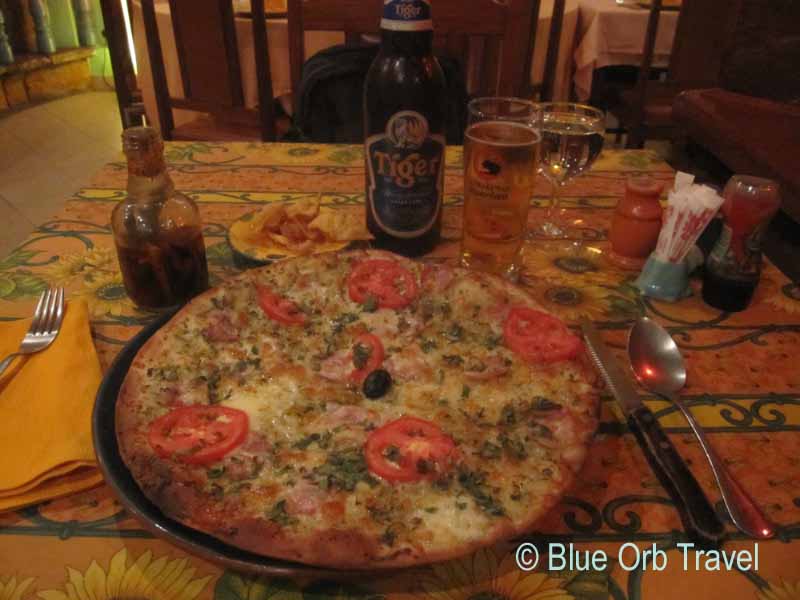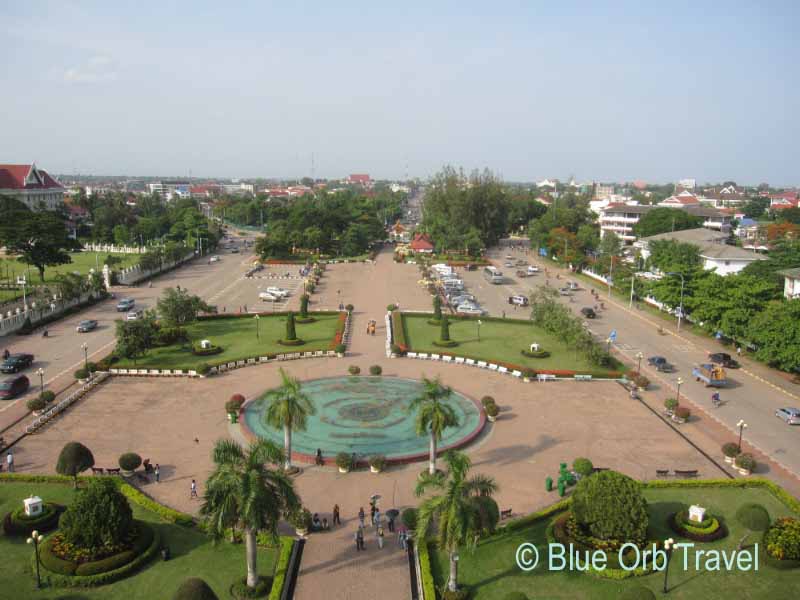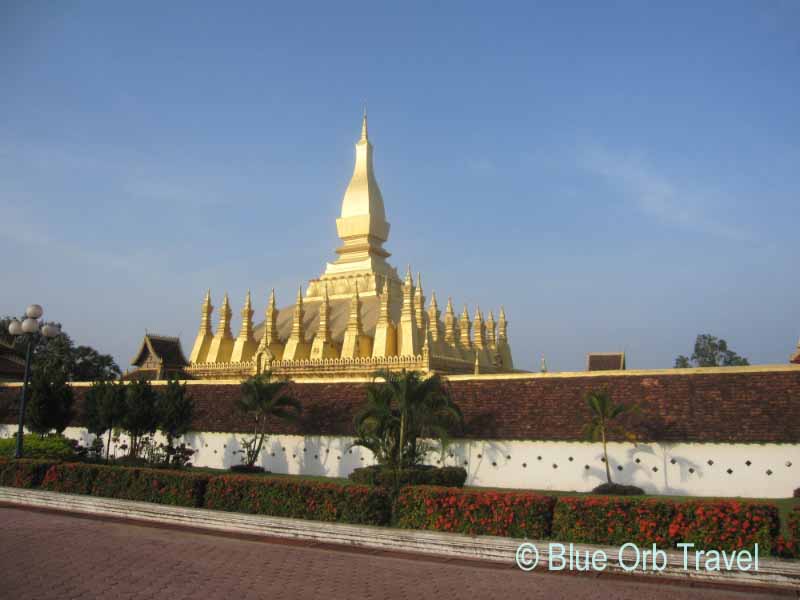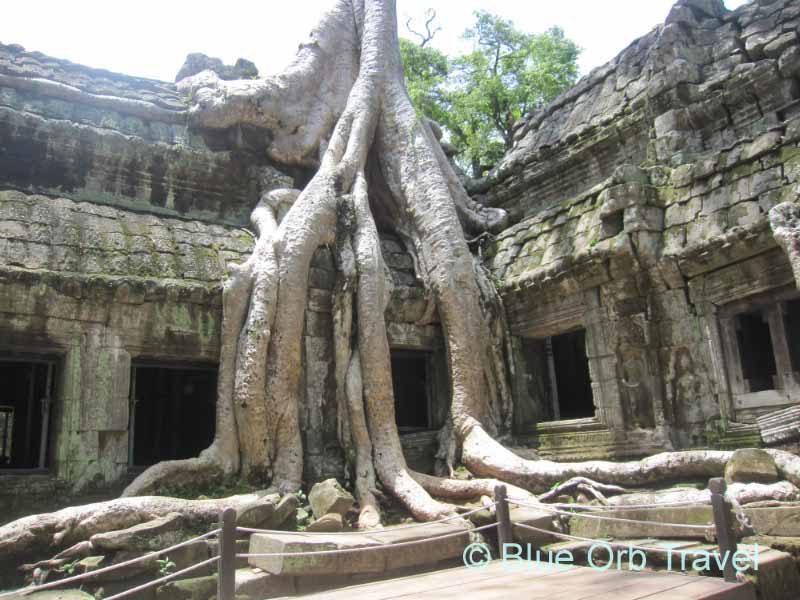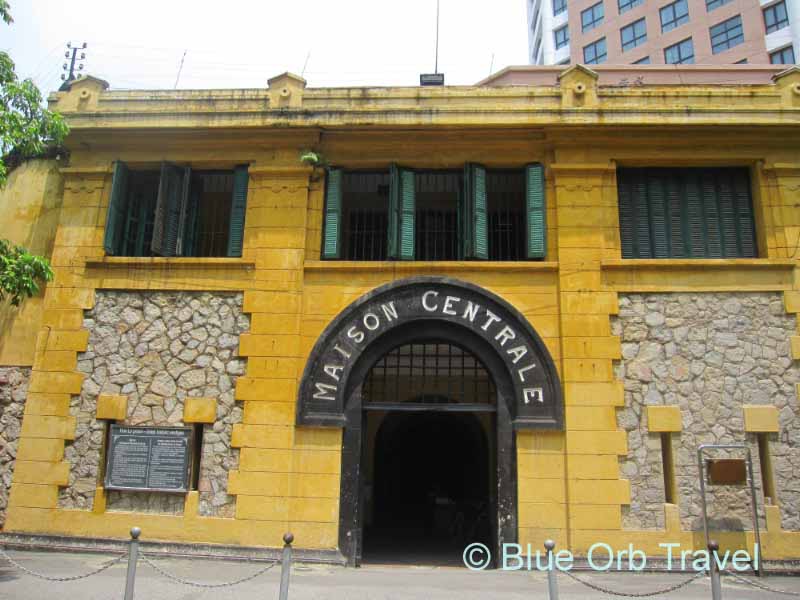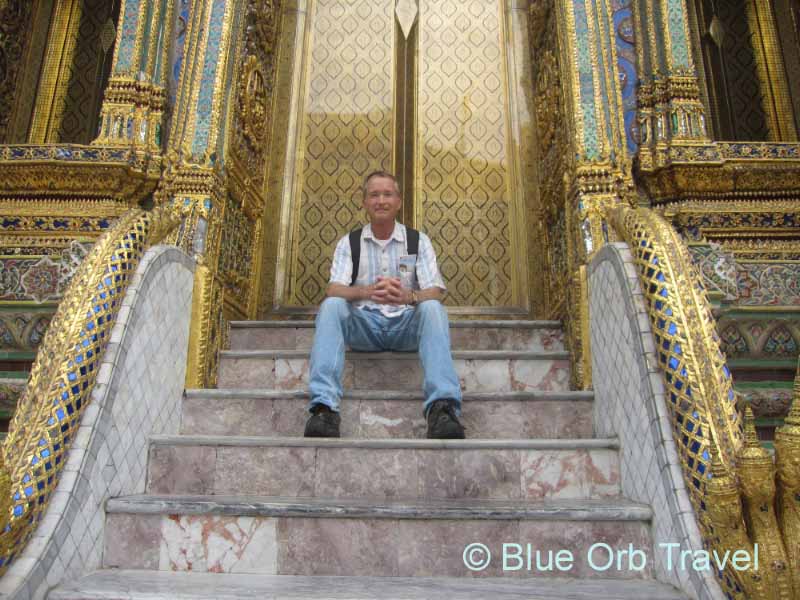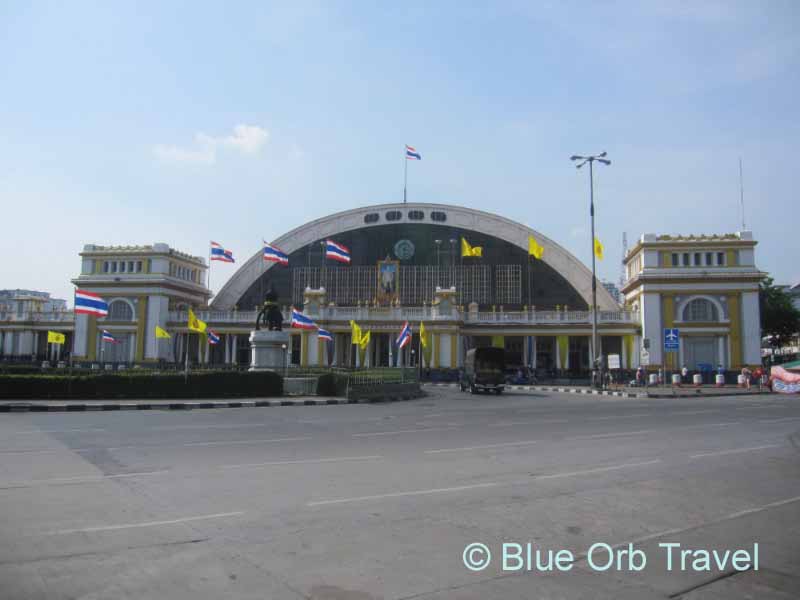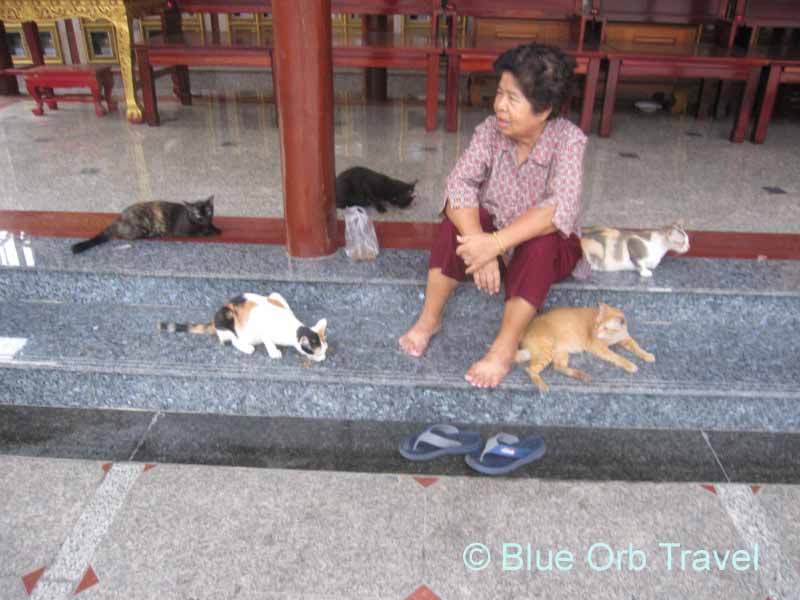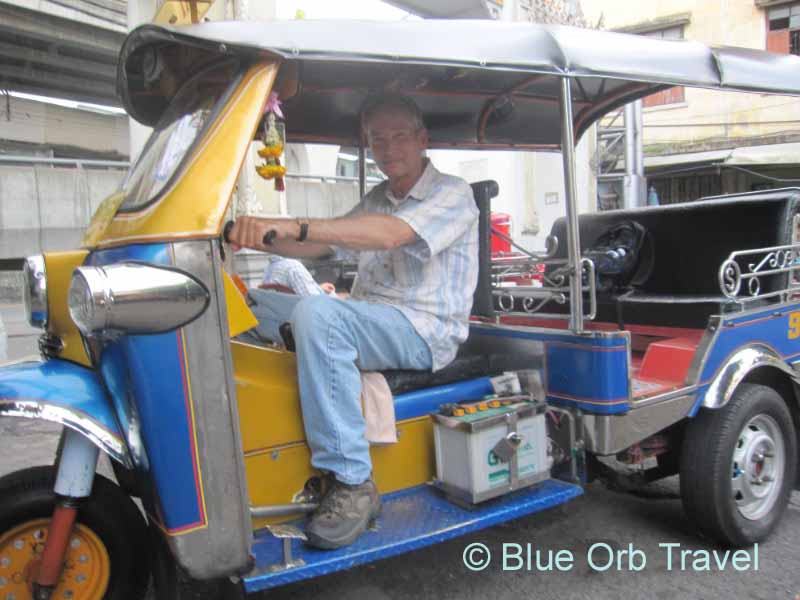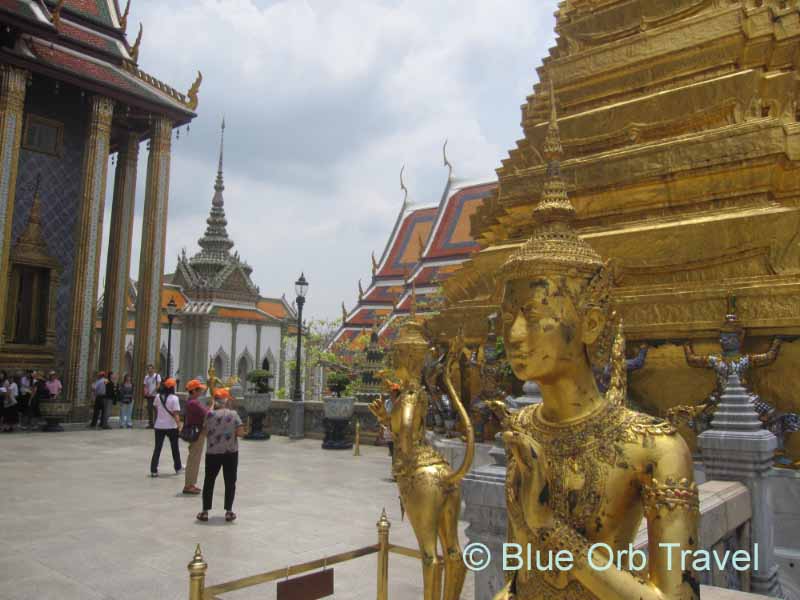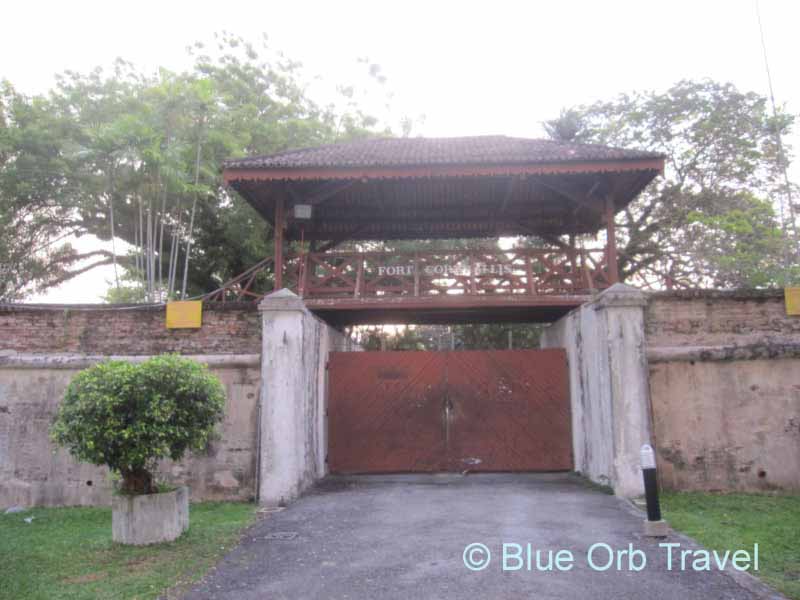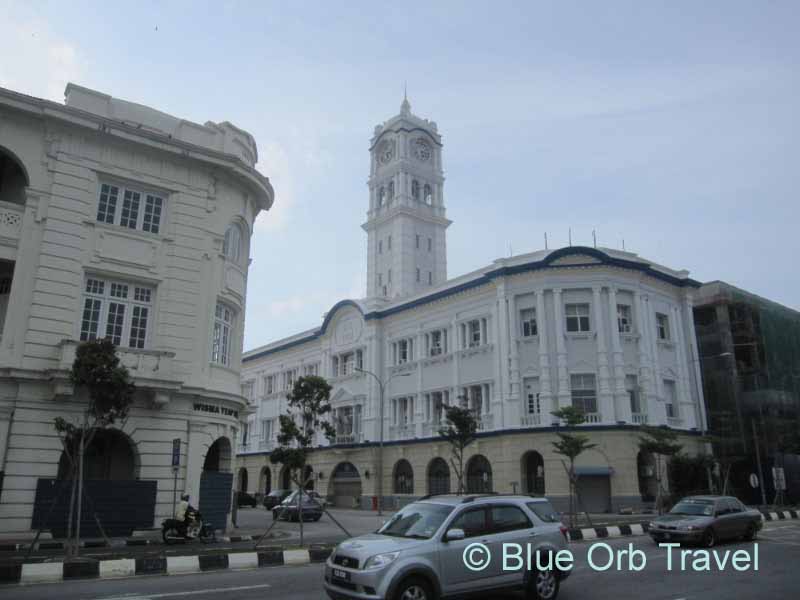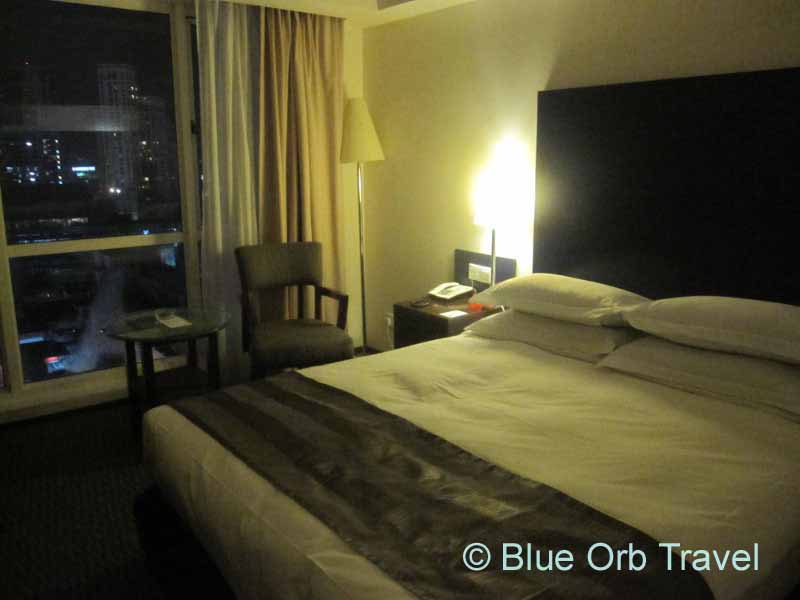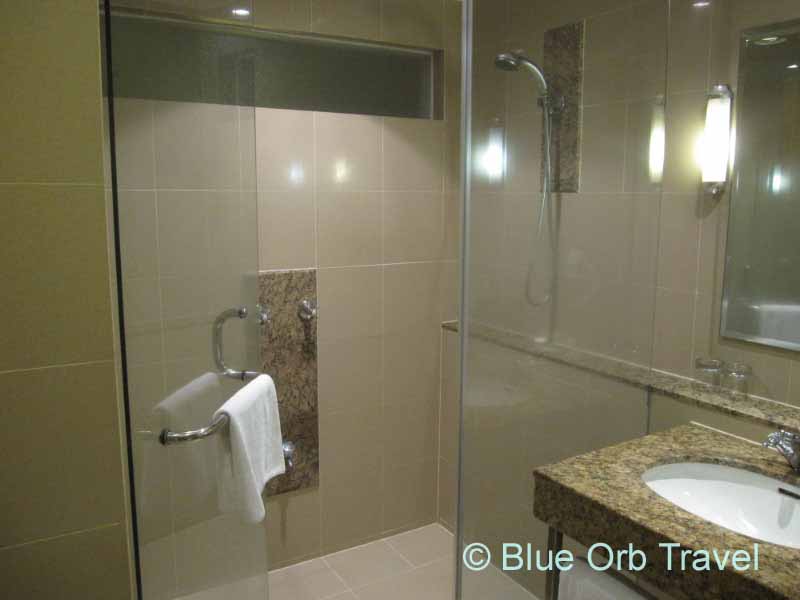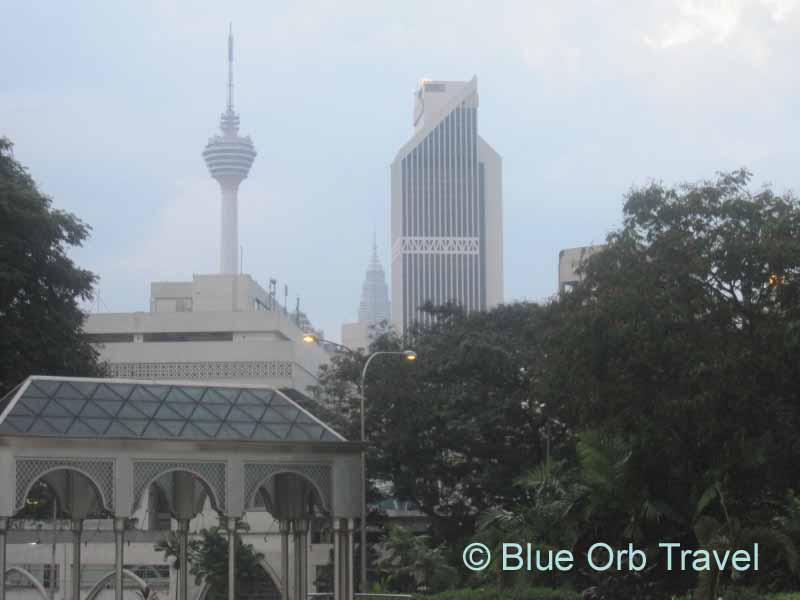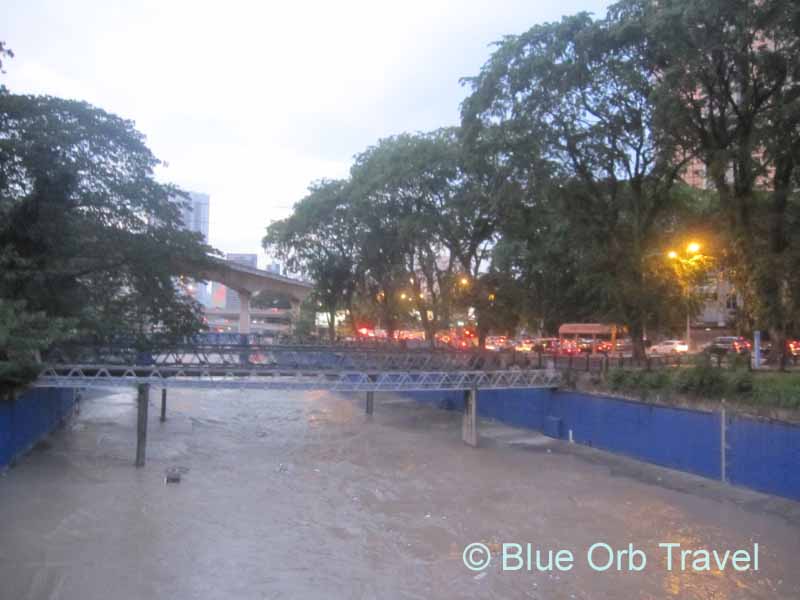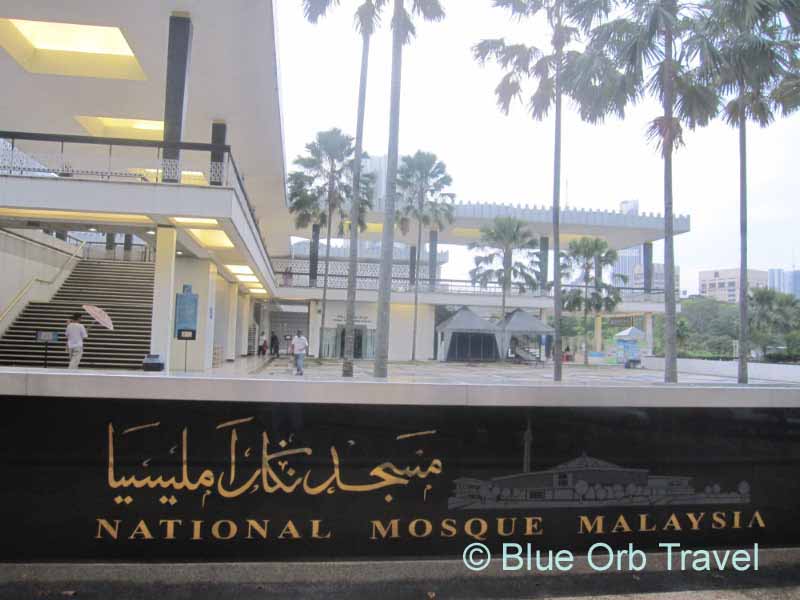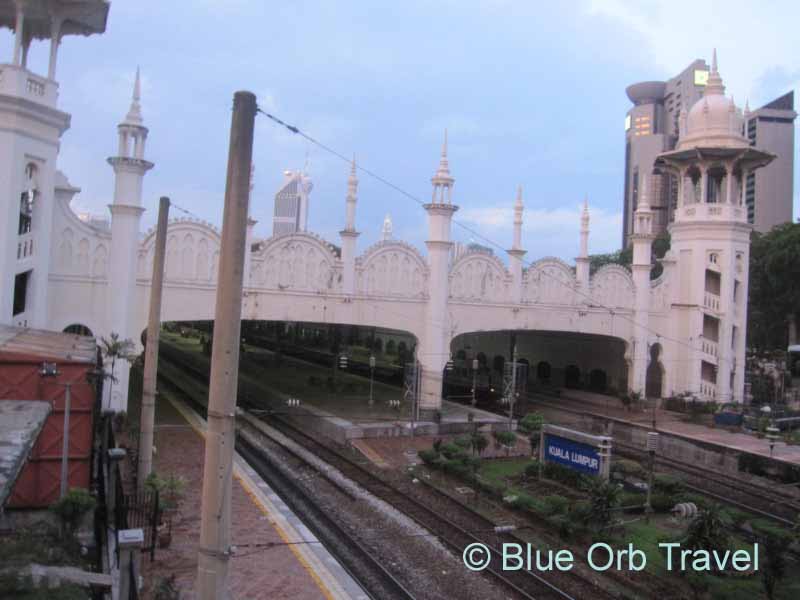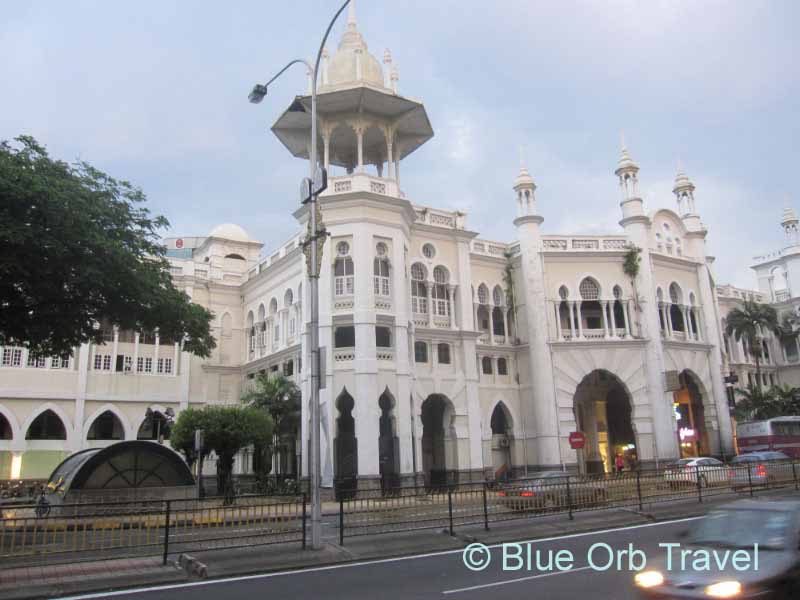Vientiane, Laos
A Quiet Capital City
Compared with the capital cities of other countries, Vientiane may seem a little quiet and sleepy to first time visitors, but beneath its placid façade is a vibrant metropolis teeming with friendly inhabitants and interesting sights. Many tourists will arrive at Nong Khai after the 15 hour overnight train ride from Bangkok, Thailand (Train 69), as I did. The cost for a lower berth was about $24.
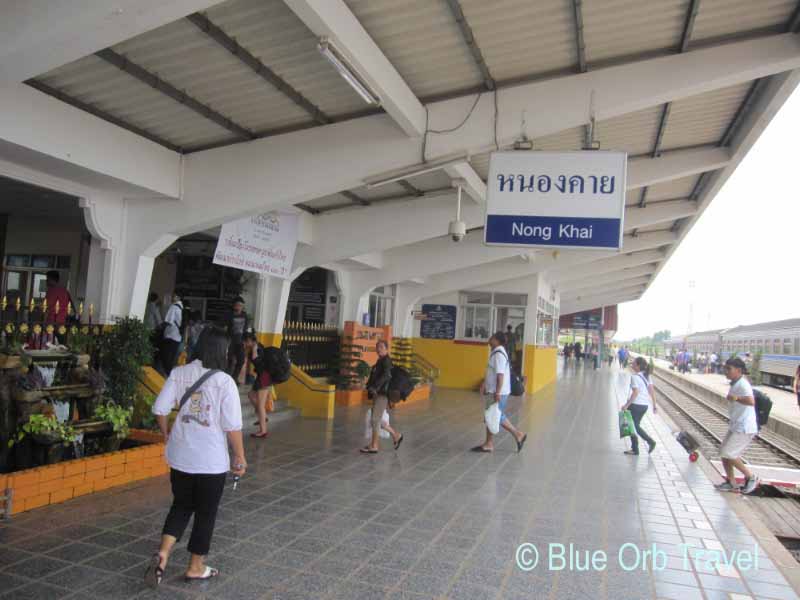
Then, for about 64 cents you can purchase a connecting train ticket for the 15 minute ride to Thanaleng by way of the Friendship Bridge over the Mekong River into Laos. You will exit Thai immigration and then purchase a visa on arrival for Laos in Thanaleng for $35. From there I took a minivan into Vientiane with seven other travelers who I met on the train, which cost us each about $3. So, what I thought would be a complicated border crossing turned out to be quite easy and it was fun for those of us traveling on the same train to find our way together. Once in the city, you can easily walk to many of the major sights and the others can be reached by tuk-tuk or on a rented bicycle.
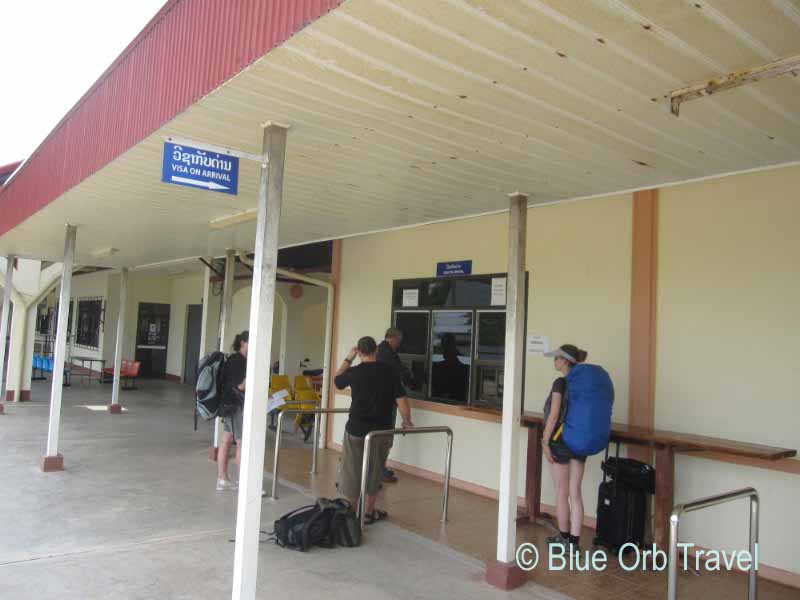
Tuk-Tuk Tour
Vientiane lies on the eastern side of the Mekong River across from Thailand which flanks the western bank. As soon as I reached the center of town I found a great little hotel (see below) and then went to the bus station to purchase my ticket to Luang Prabang for the following day. Chores out of the way, I finally had time to get excited about being in a new country for the first time. Most of the important sights can be reached on foot from the central area of Vientiane. The two exceptions are the Victory Gate or Patuxai and the temple complex at Phra That Luang, which are best reached by tuk-tuk. Set in the middle of the wide Lane Zang Avenue, the Victory Gate is an impressive structure reminiscent of the Arch de Triumph in Paris. Although it is made of cement, the form and architectural details make for an interesting, if somewhat imposing structure. Completed in 1968 using U.S. government funds originally meant to build an airport, it features four arches and five towers. For about 40 cents you can purchase a ticket to climb the 158 steps to the top for a spectacular view of the surrounding area, including the nearby Ministry of Justice and the Prime Minister’s office.

Continuing farther out from the city center in a northeasterly direction you will come to the Buddhist temple complex of Phra That Luang. The main building is a spectacular gold leaf structure built in 1556, which is the national symbol of Laos. Surrounding sights include the Golden Reclining Buddha and a number of other beautiful temples. In my opinion, the Victory Gate and the temple complex of Phra That Luang are the two ‘must see’ sights in Vientiane.
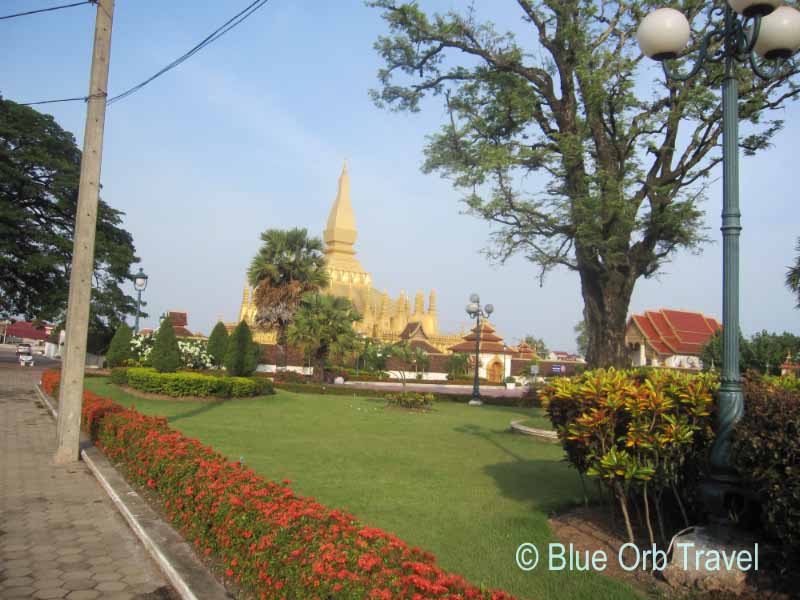
The River Promenade
Many of the attractions of interest to tourists, including hotels, restaurants and shopping can be found back towards the center of town, along the Mekong River. Several important sights are in this region as well. The Presidential Palace is worth a look, as is the old temple of Wat Si Saket. But for my money, the River Promenade is the place to be for mingling with the locals and just getting the feel of life in Laos.

Especially after dark, the area comes alive with people…couples on a stroll, kids playing soccer, or families picnicking. It’s fun to check out the street vendors peddling their wares and to go window shopping for a restaurant, trying to decide upon one of the many excellent choices. But by about 11 PM they ‘roll up the sidewalks’ in the sleepy city of Vientiane and all becomes quiet once again.

Eating and Sleeping
The very first hotel I checked on arriving in the center of town turned out to be a winner. The Mixok Inn (not to be confused with the Mixok Guesthouse) had a nice room with air conditioning, private bath, TV and free Wifi for $19. And that included breakfast! It is just a short walk to all the attractions and activities along the River Promenade, including the night market. The hotel has a tour desk where I was able to arrange a ride to the bus station for the following morning. Free public parking is available nearby and the airport is but a ten minute drive away. The staff members were friendly and helpful and the facility was clean and secure. The Mixok Inn was a bargain and ticked all the boxes on my list of required features for an awesome accommodation.
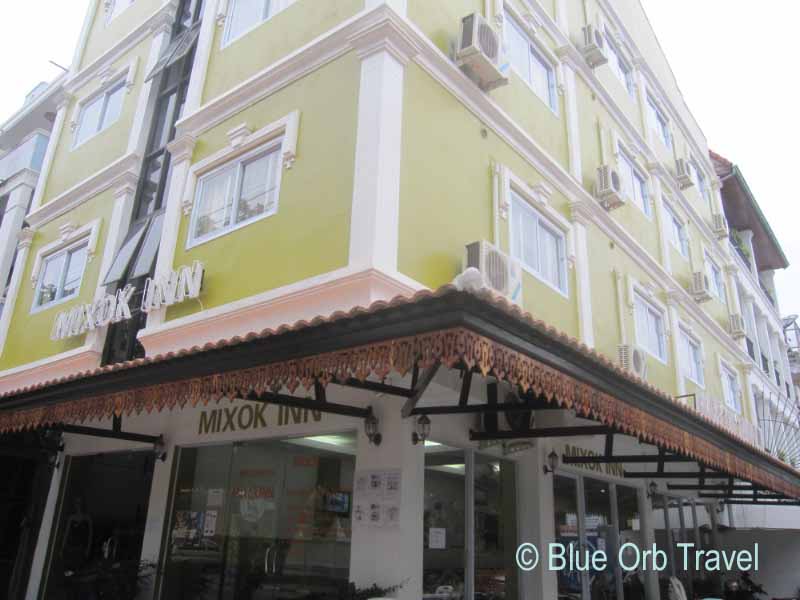
In the evening I had a wonderful dinner of pizza and Tiger Beer at an outstanding French restaurant, the Cote d’Azur, for a very reasonable $10. The ambiance and open air feel of the restaurant right on the River Promenade made for a very pleasant dining experience. I can highly recommend both the Mixok Inn and the Cote d’Azur if you are looking for a great place to stay and a wonderful place to eat in Vientiane, Laos. Both provide an excellent value for your money.
